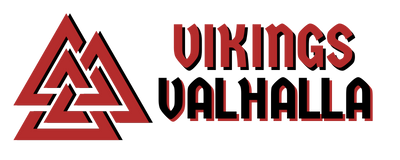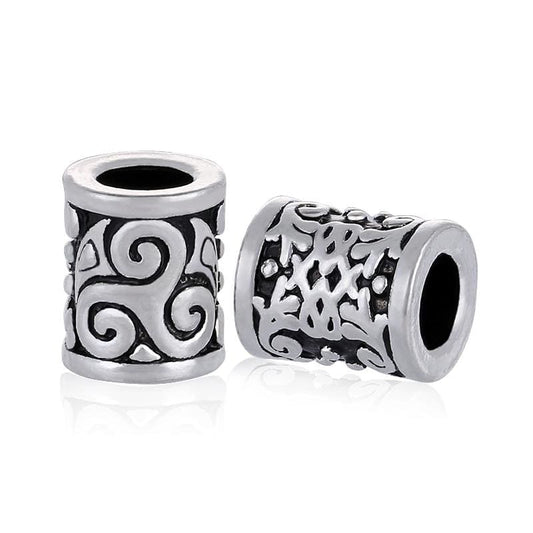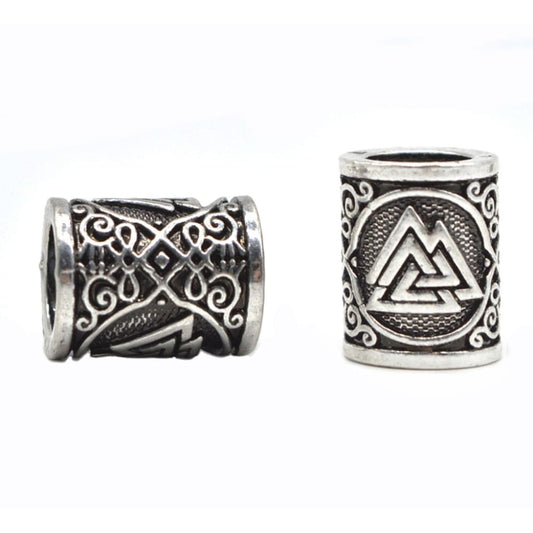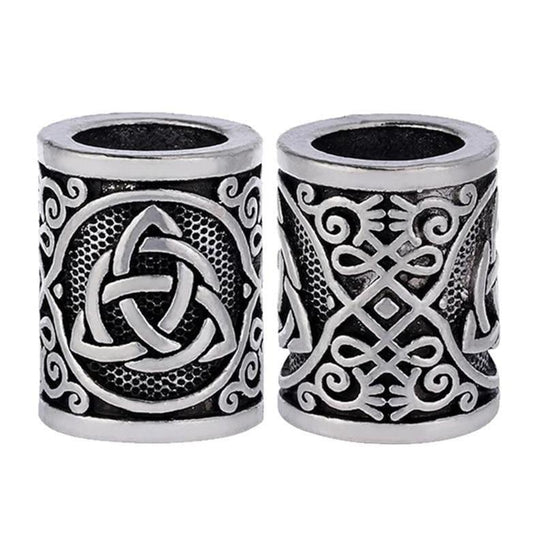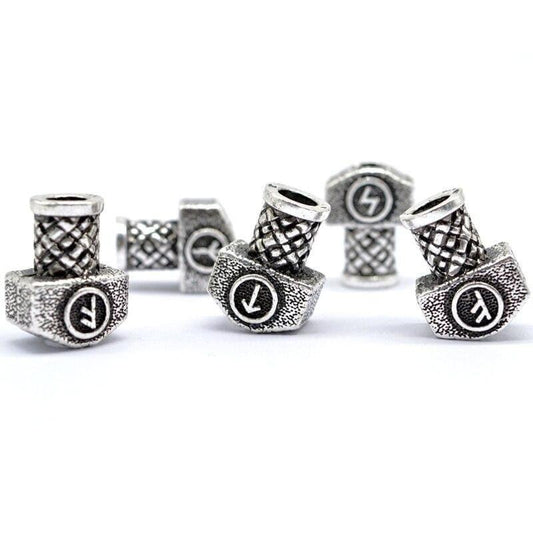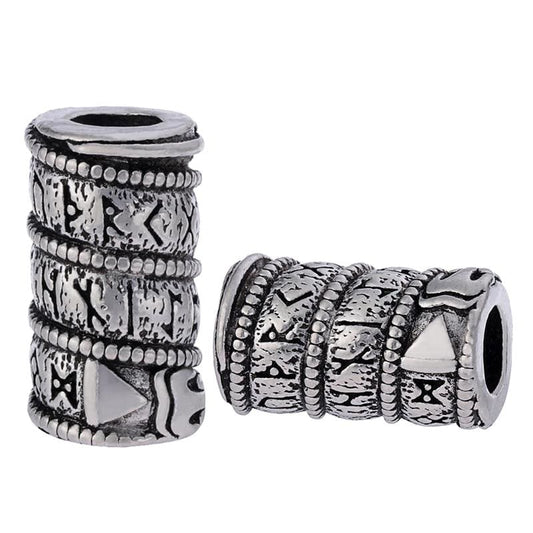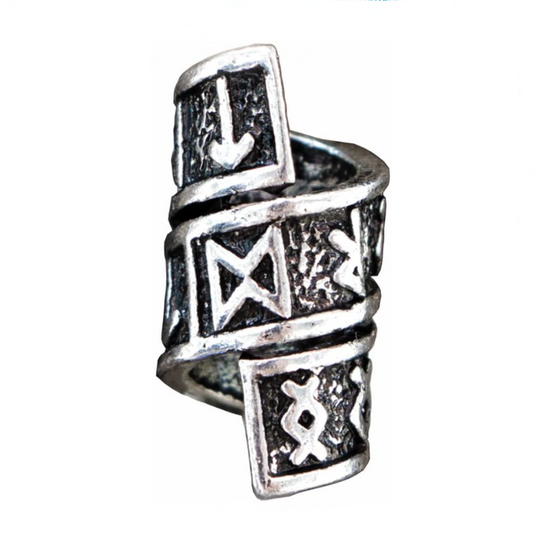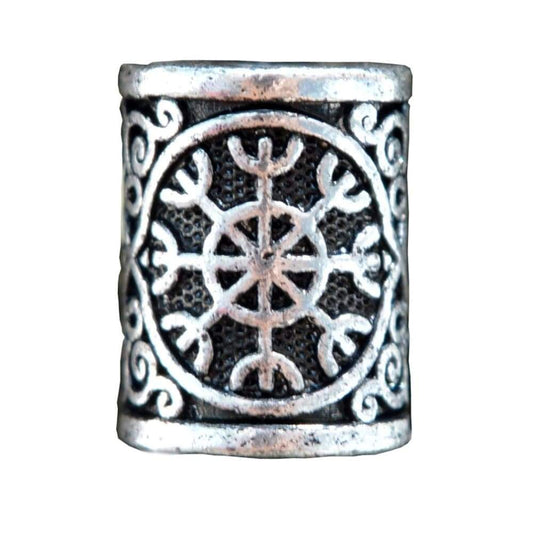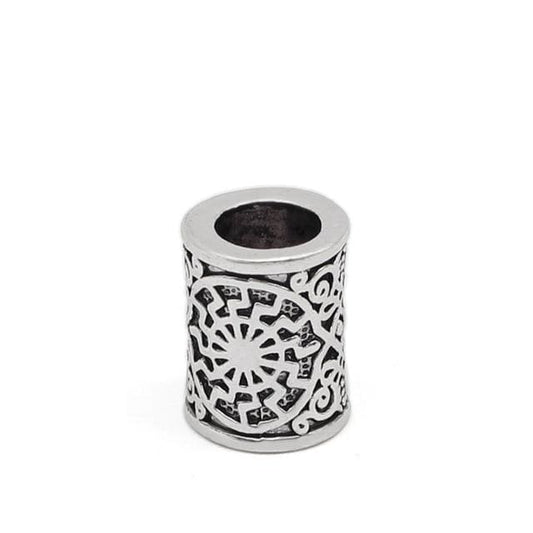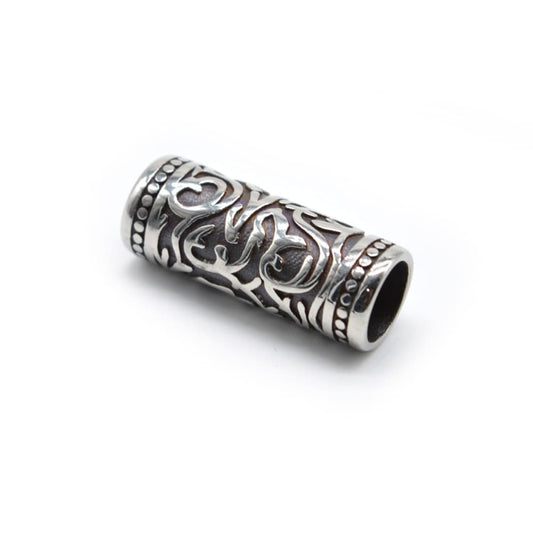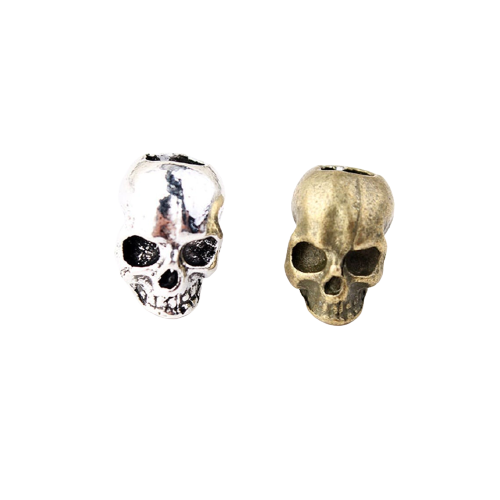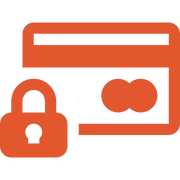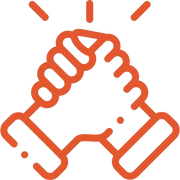Kattegat, is a maritime space comprising several straits in the south and a vast bay in the north, extending between Denmark and Sweden, more precisely between the Danish peninsula of Jutland and the Swedish province of Halland.
Kattegat's Geography
Kattegat connects to the north with the Skagerrak, a sea passage communicating with the North Sea. To the south, it includes several straits connecting to the Baltic Sea: the Øresund to the southeast, the Great Belt (Storebælt) and the Little Belt (Lillebælt) to the southwest.
Kattegat extends along a north/south axis of more than 340 km in length, from its northern limit (see below) to the southern outlet of the Great Belt (Kappelkirke, Lolland Island). It has an area of 32,000 km2. Its average depth is 23 m.
The main ports of Kattegat are :
- Copenhagen, capital of Denmark (569 557 inhabitants, agglomeration: 1 200 000 inhabitants)
- Malmö, metropolis of Sweden (280 415 inhabitants)
- Gothenburg, metropolis of Sweden (549 839 inhabitants)
- Aarhus, city of Denmark (242,914 inhabitants)
Kattegat Etymology
The name Kattegat comes from Dutch language and means "channel", it was given to the strait because of its narrowness and the shoals that make maritime navigation difficult.
Kattegat in Popular Culture
Kattegat is the home of the family of the Viking hero Ragnar Lothbrok in the History Channel series Vikings. However, the series was shot in Ireland for financial reasons.
